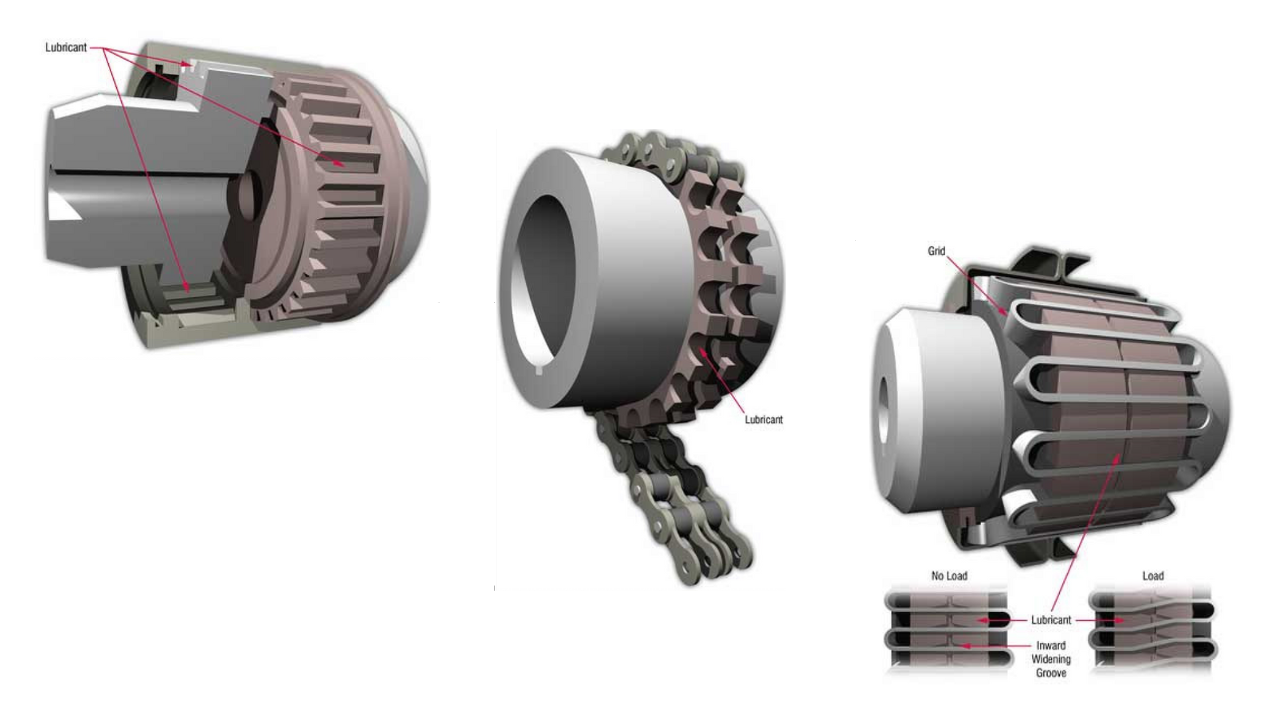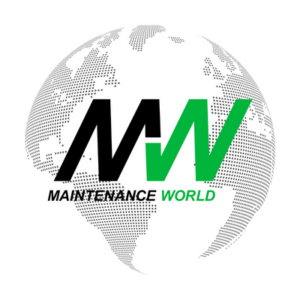Asset Data Configuration – A Journey from Concept to Value Extraction (Part 1: Structuring an Asset Register)
Lar English, Gas Networks Ireland
Akilu Yunusa-Kaltungo, School of Mechanical, Aerospace, and Civil Engineering, University of Manchester, UK
Posted 10/3/2024
Asset Register
An asset register that is structured correctly and inserted to a Computerized Maintenance Management System (CMMS) provides the basis for an effective asset data solution. The dearth of properly structured asset registers within companies is recognized among research and maintenance practitioners. It is true that standards such as ISO 14224 supply overall solution elements, however, such provisions are not all-inclusive and are housed in several locations. The ability of a company to prioritize work orders is an essential part of managing work and is vital when it comes to delivering maintenance services. An approach is provided in this article to structuring an asset register and determining asset criticality within a Facilities department which recognizes the importance of each site in relation to the overall mission of the estate. The final step uses asset criticality, work urgency and a time factor to address work order prioritization. The asset data lifecycle model in Figure 1, is presented to illustrate the context of this article.

1 Structuring of the Asset Register
Asset Hierarchies for a Single Asset
ISO 14224:2016 Petroleum, petrochemical and natural gas industries — Collection and exchange of reliability and maintenance data for equipment [1] will be used as a starting point in the development of guidance for the hierarchies and attributes aspect of an asset register solution. The suggested solution advocates that each asset does not have a single hierarchy. It has instead multiple hierarchies such as business, location, system and asset. In Figure 2, the vertical structure used in ISO 14224 is converted to horizontal format, which better reveals the individual hierarchies. The reasoning behind this conversion is based on the premise that asset registers start their lives out as raw data in spreadsheets with cleansing of asset data performed in the spreadsheet before uploading to the CMMS.
When Microsoft Excel is being used to house the raw asset data, a horizontal format is essential as a spreadsheet is limited to 16384 columns by 1048576 rows. As the number of asset attributes is certain to be less than the number of assets in an asset register, it is better to have the assets occupying rows and the attributes occupying columns. In addition, the Excel rows are numbered but the columns are not. Finally, only columns are ‘filterable’ in a spreadsheet so to interrogate an asset register by its attributes, rows must be used to house the data of each asset. Therefore, having assets entered on rows in spreadsheets means that they are in horizontal format. The fundamental outcome of this exercise is the decoupling of the various hierarchies. This implies that sites can serve multiple business units and systems can reside on any floor. More importantly, reporting capability is greatly enhanced, thereby allowing for much improved filtering of asset data.

Asset Hierarchies for Multiple Assets
While Figure 2 separated the various asset hierarchies and converted the layout from vertical to horizontal, the next challenge to address is to deliver the solution for multiple assets. Figure 3 illustrates, through a practical application, how the solution provides structure for multiple assets. To illustrate this in Figure 3, a sample data set of multiple assets, typical of a Facilities department, is structured using a horizontal format. The various hierarchies from Figure 2 are overlaid on the sample asset data set. The SS site can now serve multiple business units (BU1 and BU2) and Heating, Ventilation, and Air Conditioning (HVAC) can now exist on the second and third floors. Asset attributes are added for illustrative purposes.

Virtual Assets and Static Attributes
The concept of virtual assets is essential to help connect the various elements of an asset register. This is usually achieved by grouping assets at a collective level based on their functional outputs, which is vital for assigning relevant maintenance activities as well as reporting purposes. Examples of virtual assets are systems and sub-systems, whereby HVAC and air conditioning respectively represent common examples of a typical system and its associated sub-system respectively. In addition to hierarchy details, there are the other asset attributes to consider including manufacturer, model number, serial number and year of installation. Other attributes such as asset status and criticality ranking can be considered dynamic as they are subject to change throughout an asset’s lifetime.
2 Asset Criticality
Mission Dependency Index
The first component used in the asset criticality study is Mission Dependency Index (MDI). MDI can be defined as an indicator of mission-related importance of infrastructure elements. MDI is an operational risk management metric used to communicate the relative importance of a facility in terms of mission criticality. It does this by evaluating mission infrastructure ‘intra’-dependencies (infrastructure directly controlled by the operator/user) and support mission infrastructure ‘inter’-dependencies (infrastructure controlled by other operators / users) [2].
Facilities Department MDI Approach
The approach in this article is to create four MDI rankings and assign a ranking to each site in the estate. The logic to this approach is that an MDI ranking is assigned based on the impact of asset/systems/site failure. The more people affected by the failure, the higher the MDI ranking. Exceptions to this approach are sites ZZ and YY. These areas have the highest MDI ranking as they provide full-time support to critical company infrastructure. For this reason, they are assigned a ‘Very High’ MDI ranking. The ‘High’, ‘Medium’ and ‘Low’ MDI rankings are assigned to sites based on their designation as a large office, regional office, satellite office or company operations site. Table 1 lists the properties in the featured Facilities department estate, their MDI ranking, additional definition and comments.

Asset Criticality Scoring Methodology
The criticality value of an asset can be considered dynamic in nature as it may change during the asset lifetime [3]. Table 2 lists the designated criticality scores for each MDI location. To arrive at an accurate criticality score, the following series of questions were asked:
- Does failure of the asset pose a threat to safety or the environment?
- Does failure of the asset pose a threat to business operations?

Part 2 will be published 11/7/2024
Acknowledgements
The authors wish to thank Fluke for allowing the authors to feature its cloud-based eMaint CMMS and associated RIME functionality.
References


Lar English, MSc CEng MIMechE
Senior Asset Integrity Engineer for Gas Networks Ireland. Experienced asset management professional and Chartered Engineer with a demonstrated history of working in multiple industries. Skilled in promotion of asset reliability and performance initiatives. Strong maintenance professional having completed an MSc (with Distinction) in Reliability Engineering and Asset Management at the University of Manchester.

Akilu Yunusa-Kaltungo, PhD CEng FIMechE FHEA
Akilu Yunusa-Kaltungo is the Head of Education for the Schol of Engineering at the University of Manchester. He is a prolific, versatile and self-motivated professional with proven technical and managerial experiences in vital functions of world-class organizations.
https://research.manchester.ac.uk/en/persons/akilu.kaltungo
Specialties: Health & safety management, energy consumption prediction and optimization, decarbonization, maintenance management, condition-based maintenance, rotating machines, project management, plant operations and people development.
Related Articles

Keys for Effective Troubleshooting
Analyzing Semiconductor Failure

The Lubrication Requirements of Couplings

What is the True Downtime Cost (TDC)?

Improvement: What Comes First?

Use P-F Intervals to Map, Avert Failures




